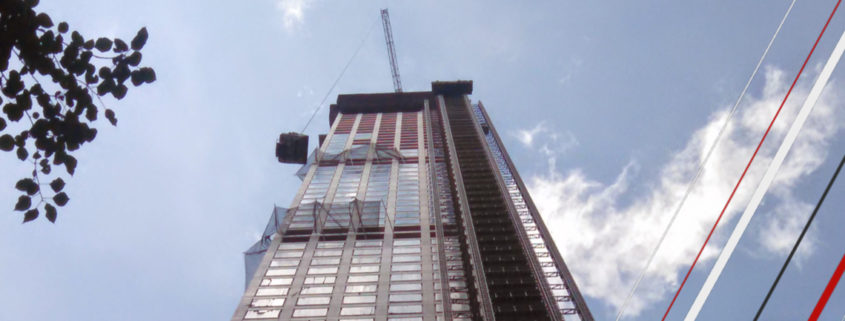2 years post Grenfell, do new regulations go far enough?
The Fire Protection Association, the UK’s national fire safety organisation, is highlighting that, if we want to prevent another Grenfell Tower tragedy, it’s time for some immediate change. The organisation remains firm in its message that two years after “Grenfell”, the government’s changes to building regulations and the so-called ban on combustible cladding do not go far enough in protecting buildings and the people who live in them, from fire.
The Fire Protection Association says the solution should be:
- Third party certification – we welcome the acknowledgement of the value of independently verified products, but believe this assurance should be mandated and extend to the installers of products and the risk assessors
- Extending the ban on combustibles to all high-risk buildings regardless of height – not just buildings over 18 metres
- Ban single staircases in building in excess of 18m – to offer both an entrance and exit staircase
- Mandatory installation of multi sensor detection for all high-risk occupancies – a fire detector that monitors a number of potential dangers, including smoke, heat, carbon-monoxide
Jonathan O’Neill, OBE, managing director, Fire Protection Association commented:
“The Fire Protection Association supports a total ban on combustible building materials, to all high-risk buildings, such as schools, hospitals, nursing homes, blocks of flats – not just those buildings over 18 metres. We also want a ban on single staircases in all tall buildings, because in the event of a fire you need at least one staircase for people to be able to evacuate the building, and a second staircase for the fire and rescue services for entry. Our support of third-party certification, to provide independent verification of building regulations services, as well as the mandatory installation of multi sensor detectors (that can detect several sources, such as heat, smoke and carbon monoxide) is also a key consideration. There is clearly much that still needs to be done, so we are keen to see change now – and will help in any way we can to ensure that we never again experience a tragedy on the scale we witnessed at Grenfell.”



